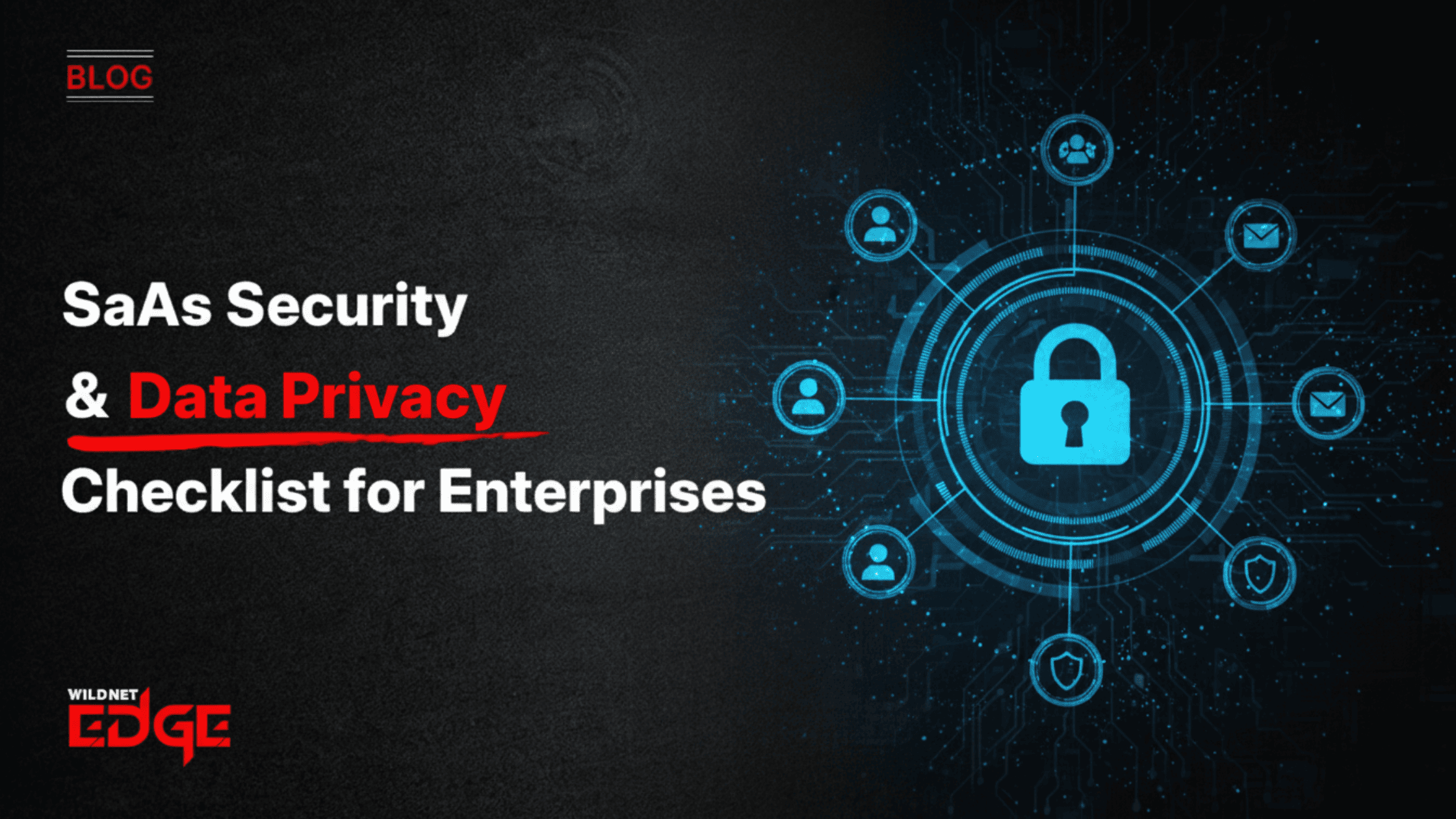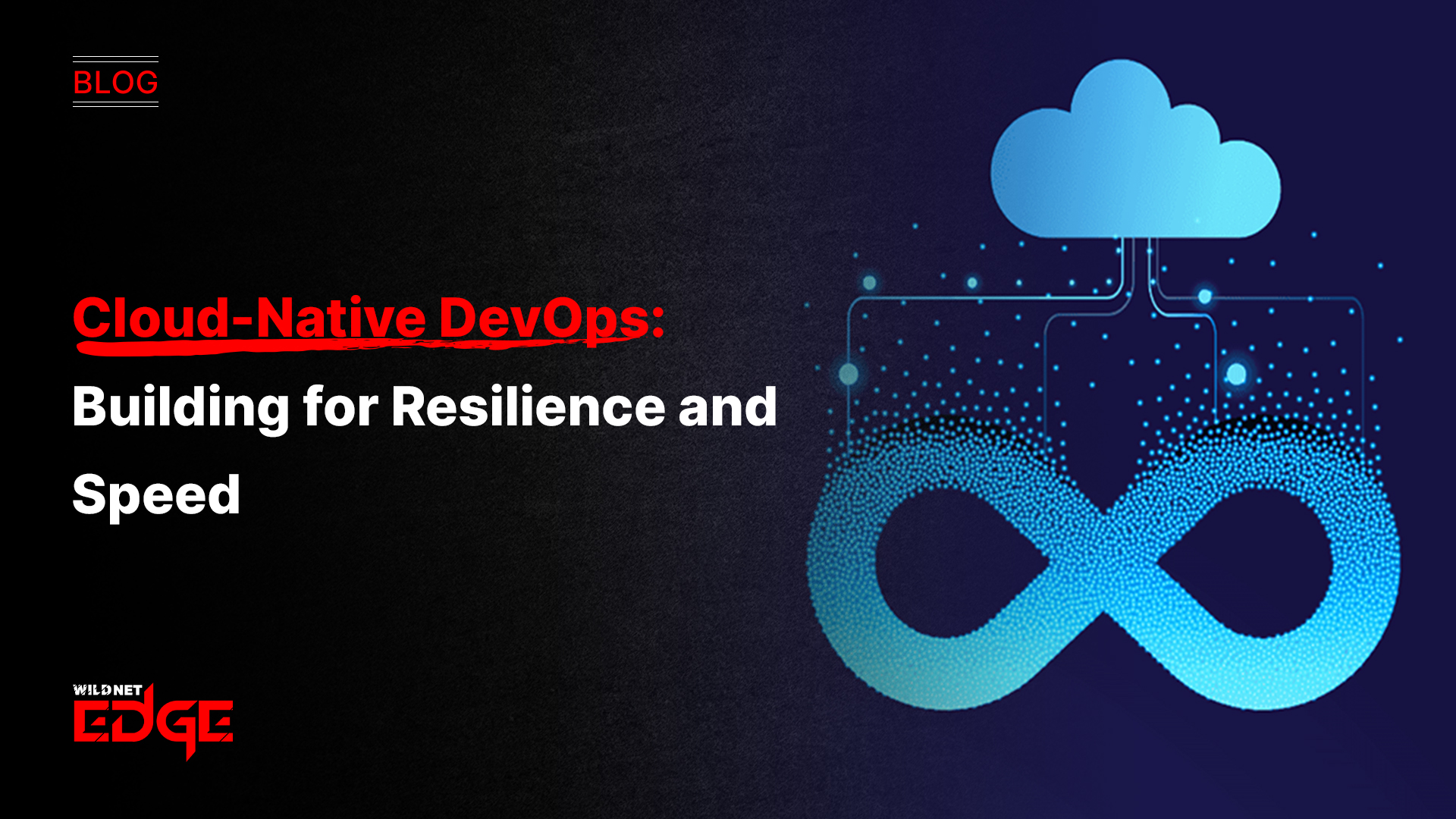TL;DR
This article provides a comprehensive SaaS security checklist for enterprises utilizing Software-as-a-Service applications. It underscores that while SaaS vendors manage infrastructure security, the customer retains significant responsibility for data protection and access control. The guide details critical checklist items, including robust identity and access management (IAM), thorough data encryption practices (SaaS encryption standards), stringent vendor risk assessment, and regular SaaS compliance audits. It emphasizes the importance of a secure development lifecycle if building custom integrations. For businesses relying on SaaS, adhering to these security measures is presented as fundamental for protecting sensitive enterprise SaaS data protection and maintaining regulatory compliance.
Modern business enterprises have no choice but to rely on Software-as-a-Service applications, which give them the best flexibility and scalability ever. On the other hand, the decision to let cloud providers handle your most important business data and operations brings in a whole new set of security and privacy problems. Although SaaS providers keep their platforms secure, the burden of protecting your data inside those platforms still falls on you. Having a detailed SaaS security checklist is not only an IT task but also a vital part of enterprise risk management and data governance.
Understanding the Shared Responsibility Model in SaaS
Prior to going over the checklist, it is vital to recognize the SaaS shared responsibility model:
- Vendor’s Duty in SaaS: Making secure the underlying infrastructure (servers, networks, data centers with physical security), applying the updates to the core application software, and making available basic security features.
- Your Duty as a Customer: Setting up access control for users, controlling the identities and permissions of users, ensuring security of the data you have within the application, promoting compliance with laws that affect your business, and checking the security of any integrations that you build.
Relying solely on the vendor’s security without managing your own responsibilities is a significant oversight and a primary source of enterprise SaaS data protection failures.
The Essential SaaS Security Checklist for Enterprises
This checklist covers the critical areas you must address to ensure your SaaS usage is secure and compliant.
1. Identity and Access Management (IAM)
Controlling who can access your SaaS applications and what they can do is paramount.
- Strong Authentication: Enforce Multi-Factor Authentication (MFA) for all users, without exception. Utilize Single Sign-On (SSO) solutions integrated with your corporate identity provider (e.g., Azure AD, Okta) for centralized control.
- Role-Based Access Control (RBAC): Implement the principle of least privilege. Define granular roles and permissions within the SaaS application, ensuring users only have access to the data and functionality necessary for their job. Regularly review and audit these permissions.
- User Provisioning/Deprovisioning: Have automated processes to grant access to new employees and, crucially, to immediately revoke access for departing employees. Secure access is vital, especially when dealing with sensitive customer data, requiring careful secure CRM SaaS configuration.
2. Data Encryption and Protection
Your data must be protected both while traveling over the network and while stored within the SaaS application.
- Encryption in Transit: Ensure all communication with the SaaS application uses strong TLS encryption.
- Encryption at Rest: Verify that the SaaS vendor encrypts your stored data using robust SaaS encryption standards (like AES-256). Understand if you have options for managing your own encryption keys for maximum control (BYOK – Bring Your Own Key).
- Data Loss Prevention (DLP): Implement policies, either within the SaaS app (if available) or through third-party tools, to monitor and prevent sensitive data from being inappropriately shared or downloaded.
3. Vendor Security Assessment and Due Diligence
Before onboarding any SaaS vendor, and at regular intervals along the way, do a comprehensive security due diligence checking.
- Review Security Certifications: Seek relevant certifications such as SOC 2 Type II, ISO 27001, and sector-specific compliance like HIPAA, PCI DSS.
- Assess Security Practices: Get familiar with their vulnerability management program, incident response plan, data backup and disaster recovery procedures, and employee security training.
- Review Contractual Obligations: Make sure that your contract contains explicit provisions concerning data ownership, security responsibilities, breach notification procedures, and liability.
4. Configuration and Hardening
Default settings are rarely the most secure.
- Review Security Settings: Carefully review and configure all available security settings within the SaaS application’s admin console. Disable unused features or integrations.
- Secure API Integration: If integrating the SaaS app with other systems, ensure APIs are secured using proper authentication (e.g., OAuth 2.0) and that data exposure is minimized. This requires a secure SaaS development lifecycle approach for any custom connectors.
5. Monitoring, Logging, and Auditing
Continuous visibility is key to detecting and responding to threats.
- Enable Audit Logs: Ensure comprehensive logging of user activities, administrative changes, and security events within the SaaS application.
- Centralized Logging (SIEM): Forward SaaS logs to your central Security Information and Event Management (SIEM) system for correlation and analysis. Expertise in cloud governance & DevSecOps is valuable here.
- Regular Audits: Conduct periodic internal and external audits (SaaS compliance audits) to verify that security controls are effective and policies are being followed.
Compliance Considerations
Achieving enterprise-grade compliance requires specific attention within your SaaS security strategy.
- GDPR-Ready Development: If handling EU resident data, ensure both your vendor’s practices and your own configurations support data subject rights (access, deletion, etc.) and consent management.
- SOC 2 Software Compliance: Often required by enterprise clients, SOC 2 necessitates rigorous controls around security, availability, processing integrity, confidentiality, and privacy, which must be reflected in your vendor selection and internal processes. Preparing for audits requires meticulous documentation and evidence gathering.
Case Studies
Case Study 1: Securing a Multi-SaaS Environment
- The Challenge: A large enterprise used dozens of different SaaS applications across various departments, leading to inconsistent security configurations and difficulties in managing user access centrally.
- Our Solution: We helped them implement a centralized Identity Provider with SSO and MFA enforced for all major SaaS apps. We also deployed a Cloud Access Security Broker to provide unified visibility and policy enforcement across their SaaS landscape, focusing on enterprise SaaS data protection.
- The Result: The company significantly improved its security posture by centralizing access control and gained visibility into shadow IT. The streamlined login process also improved employee productivity.
Case Study 2: Vendor Risk Management Program
- The Challenge: A financial services firm needed a robust process for vetting the security of potential SaaS vendors to meet strict regulatory requirements.
- Our Solution: We developed a comprehensive vendor security assessment questionnaire and a risk-based evaluation framework. We assisted their team in reviewing vendor SOC 2 reports and security documentation as part of their SaaS compliance audits process. This also involved planning for secure system integration during projects like compliant ERP-to-SaaS migrations.
- The Result: The firm implemented a repeatable, documented process for vendor due diligence, satisfying regulators and significantly reducing the risk associated with onboarding new third-party SaaS applications.
Our Technology Stack for SaaS Security & Governance
We leverage best-in-class tools for visibility and control.
- Identity Management: Azure Active Directory, Okta, Ping Identity
- CASB: Microsoft Defender for Cloud Apps, Netskope, Palo Alto Prisma SaaS
- SIEM: Splunk, Microsoft Sentinel, IBM QRadar
- Compliance Frameworks: NIST Cybersecurity Framework, CIS Controls
- Cloud Security Posture Management (CSPM): Wiz, Orca Security
Conclusion
Relying on SaaS applications is a modern business reality, but it demands a proactive and diligent approach to security. This SaaS security checklist provides a framework for building a comprehensive strategy that protects your enterprise SaaS data protection, ensures enterprise-grade compliance, and mitigates risks. Security is a shared responsibility, and managing your side of that equation is crucial for long-term success.
Ready to fortify your SaaS security posture? At Wildnet Edge, our AI-first approach incorporates intelligent threat detection and automated compliance checks. We help you build secure integrations and manage your SaaS ecosystem effectively, ensuring seamless and secure operations.
FAQs
No. SOC 2 certification means the vendor’s systems and processes meet specific security standards. However, you are still responsible for configuring the application securely e.g., setting up user permissions correctly and managing how your employees use it. It’s a crucial piece, but not the whole puzzle.
Implementing strong Identity and Access Management, particularly enforcing Multi-Factor Authentication and Single Sign-On, is often considered the single most impactful measure for preventing unauthorized access, which is the root cause of many breaches.
This requires centralization and automation. Using a centralized Identity Provider for SSO/MFA and deploying a Cloud Access Security Broker provides a unified control plane for managing policies and visibility across multiple applications.
Key questions include: Do you have SOC 2 Type II certification? How do you handle data encryption (at rest/in transit)? What is your incident response plan? How do you conduct vulnerability management and penetration testing? What are your data backup and disaster recovery procedures?
Remote work increases the importance of strong IAM (especially MFA), endpoint security on employee devices, and potentially using Zero Trust network access principles. It makes relying solely on a traditional corporate network firewall insufficient.
A CASB is a security tool that sits between your users and your cloud/SaaS applications. It provides visibility into usage, enforces security policies (like DLP), detects threats, and ensures compliance, acting as a central control point for your SaaS ecosystem.
You should review your critical vendors’ security documentation (like new SOC 2 reports) annually. Internal audits of your own SaaS configurations and access controls should ideally happen quarterly or semi-annually, depending on your risk profile and regulatory requirements.

Nitin Agarwal is a veteran in custom software development. He is fascinated by how software can turn ideas into real-world solutions. With extensive experience designing scalable and efficient systems, he focuses on creating software that delivers tangible results. Nitin enjoys exploring emerging technologies, taking on challenging projects, and mentoring teams to bring ideas to life. He believes that good software is not just about code; it’s about understanding problems and creating value for users. For him, great software combines thoughtful design, clever engineering, and a clear understanding of the problems it’s meant to solve.
 sales@wildnetedge.com
sales@wildnetedge.com +1 (212) 901 8616
+1 (212) 901 8616 +1 (437) 225-7733
+1 (437) 225-7733































